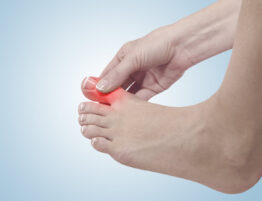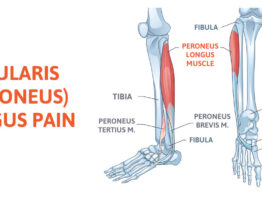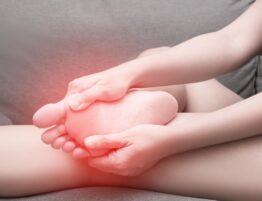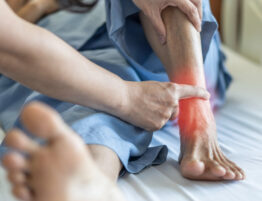
As a podiatrist and a runner/triathlete, I know personally and professionally how important it is to take the proper steps to train for a race. Perhaps you have never run a race before and are training for your first 5k. Or, maybe you are more advanced and are ready to take on your first marathon. Either way, these five steps will help your body adjust properly and avoid injury so you can cross the finish line in victory.
1. Start early
If this is your first event of the season, you need start training at least 3-4 months in advance. Keep in mind that the longer the event, the sooner you should start your training. Also, if you have no base to start from, you may want to increase the time you take to prepare. For example, most half marathon programs are 10-16 weeks long, but assume that you have a running base to begin with.
If the plan has you running long runs early that are twice as long as your current long distance runs, you may want to pick another plan. Most plans are labeled beginner, intermediate, and advanced, so make sure you pick one that is appropriate for you. I also recommend a longer plan to give yourself more time and wiggle room in case you have a sick week or two.
2. Never skip the warm up
As a beginner or novice runner, the warm up is not as essential, but as you start training for longer distances and larger events, the warm up becomes critical. As you are training harder and faster, your body has the tendency to tighten up. I experienced this myself this year as I began my training.
You will need to spend more time stretching and warming up as you progress in your training. Stretching when you are finished is also essential. Your muscles are still warm, so stretching at this time provides a huge benefit.
3. Cross train
I am a triathloner for this very reason. I believe doing one repetitive motion will over-develop certain muscle groups and wear out joints sooner. At the same time, as a triathloner, you can still have the same issues. I believe in plans that have built in rest days and or range of motion days. My body is more stiff in general and so I need to spend extra focus on stretching. Spending some time on strength training as well can be very beneficial.
This can be as easy as adding push-up and pull-ups with some core exercises or light weights with high number of repetitions. Runners will typically benefit from lighter weight with higher repetitions rather than a body building style with heavy weights and fewer reps.
Stay tuned for steps 4 and 5, coming soon!
If you are having pain anywhere below the knee, come see us. We can help get you back on track as quickly as possible.









Write a comment: